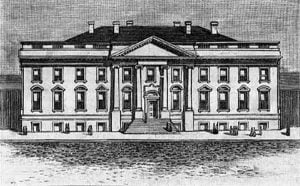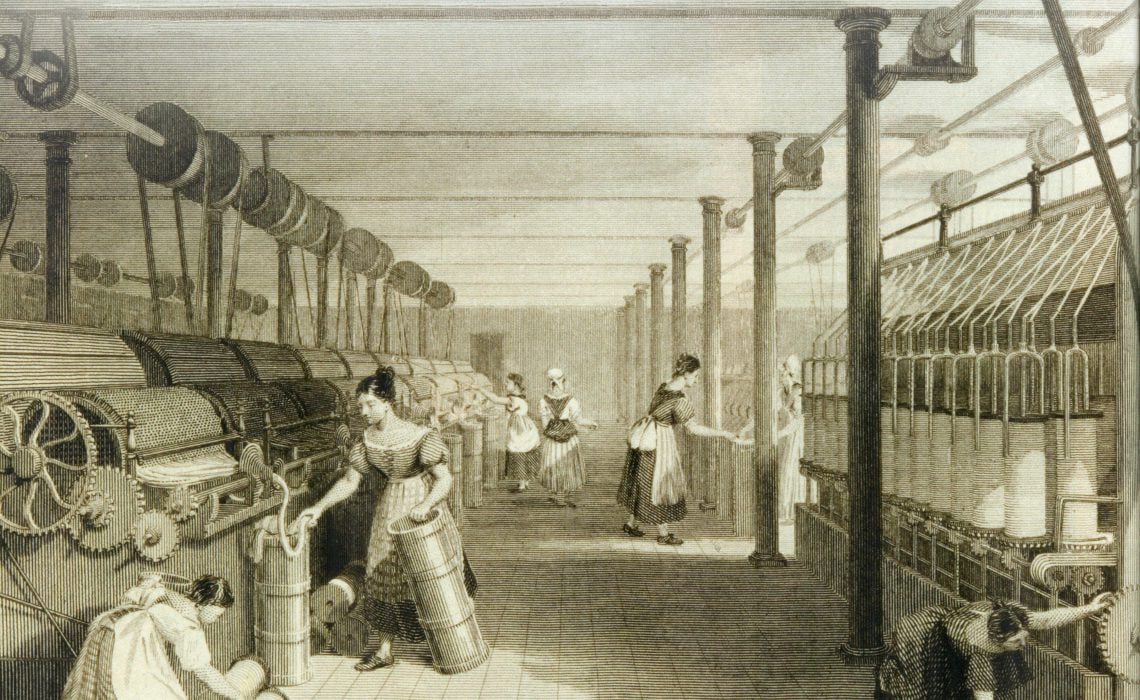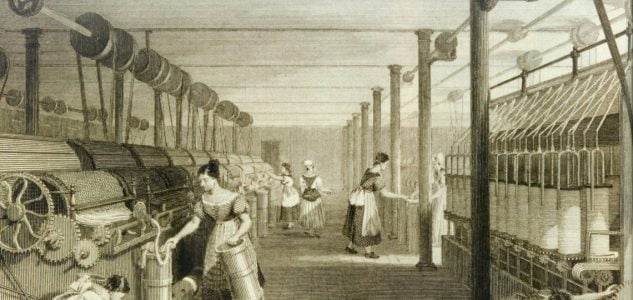The 19th century saw large amounts of social change; slavery was abolished, and the First and Second Industrial Revolutions (which also overlap with the 18th and 20th centuries, respectively) led to massive urbanization and much higher levels of productivity, profit and prosperity. In the 1800s, America grew very fast. In 1803, the United States bought the Louisiana Territory from France. From 1800 to 1860, there were 17 new states. During the century, millions of immigrants came from other countries to the land of freedom.
1800-09 | 1810s | 1820s | 1830s | 1840s | 1850s | 1860s | 1870s | 1880s | 1890s
***************
2020s | 2010s | 2000-09 | 1990s | 1980s | 1970s | 1960s | 1950s | 1940s | 1930s | 1920s | 1910s | 1900-09 | 1800s | 1700s | 1600s | 1500s | 1400s | 1300s | 1200s | Full Timeline | Top 100 Conspiracies

Lewis and Clark Expedition Begins Voyage to the Pacific Coast
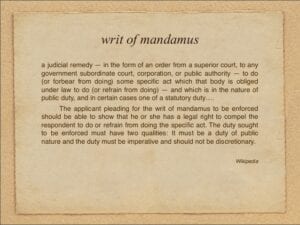
Little v. Barreme: SCOTUS Finds that the POTUS does not have “Inherent Authority” or “Inherent Powers” that Allow him to Ignore a Law Passed by the US Congress
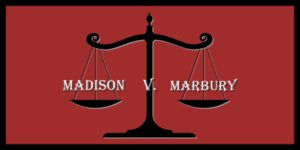
Marbury v. Madison: The Supreme Court Case that introduced Judicial Review

Thomas Jefferson sends his ‘Wall of Separation’ Danbury Letter: Did He Intend to Separate Church and State?
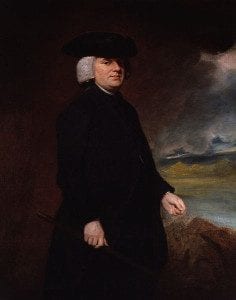
William Paley Published ‘Natural Theology’: “the Kind of Carefully Designed Structures we See in the Living World Point Clearly to a Designer.”

Thomas Jefferson’s First Inaugural Address
